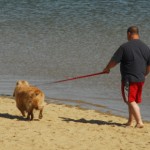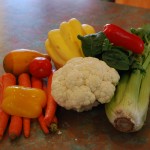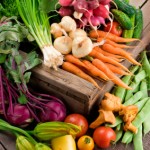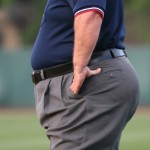The Wall Street Journal has an interesting article about obesity in pets this morning. That made me recall Blue, the fifty pound beagle I once had and, more recently Suzie, a cocker-springer mix who, as she got old clearly needed to diet, and her pack mate Dewawho was jealous of the special foods Suzie got to eat.
I'll come back to them in a bit, but let me return to the article first and the lessons it presents for us both as pet owners and, in some cases, as participants in the epidemic of obesity. Many pets eat "people food" which in itself is a bad idea. The example I read about was a dog that got steak and chicken and ice cream; not surprisingly that dog also became obese.
For pets, as well as for humans, obesity leads to multiple medical problems. One pet insurance company (yes some people do get health insurance on their dogs and cats) paid $25,000,000 in 2010 in claims for pet health problems related to obesity. Another said five of its most expensive insurance claims relate to weight issues.
Okay, lots of us don't own pets (we no longer do), so why does this relate to us?
The problem here is too much of the wrong food and too little exercise. Does that sound familiar?
So now companies are rolling out new low-calorie pet foods and even exercise equipment. The article showed a pet treadmill and a "tread wheel" with prices ranging from $375 to $999.
How about a nice walk instead? And while you're walking your dog, guess what? You too will be burning calories.
One pet resort is offering a contest for owners and their pets to simultaneously lose weight. Another had a "Fit and Spaw" retreat last month. None of these places, I'd bet, are inexpensive.
Somehow the wheels have come off, to use a phrase that comes from a totally different arena.
As a civilization we're eating too much, too frequently, too many of the wrong foods and getting far too little exercise. And guess what, now it's showing in our furry companions.
I seldom walked Blue, didn't do enough physical exercise myself in the days when he was part of the family, and both let him eat, and not infrequently ate myself, too much of the wrong things. With later pets I talked to our veterinarian and started a low-calorie diet that made sense for Suzie, an elderly dog with heart failure. That included carrots instead of dog treats. Her pack mate Dewa, younger and slimmer, wanted some of the carrots too and continued walking with me on a regular basis, including several mountain trails.
While this was happening I got back on the more veggies and fruits trend and pushed my exercise. Now dog-less, but slender, I'm continuing to eat more sensibly and exercise regularly.
So maybe this is a lesson for all of us; some have traditional pets, some have critters that don't fit the paradigm (chubby goldfish?), some of us currently have no pets.
All of us can look at our life patterns; eat less, eat the right things, do more.





